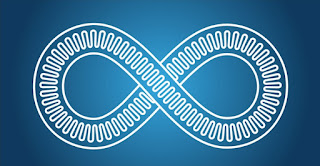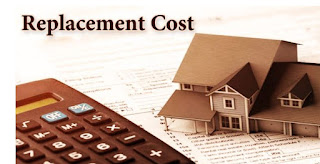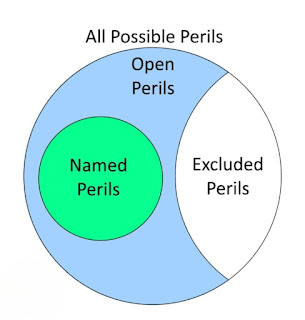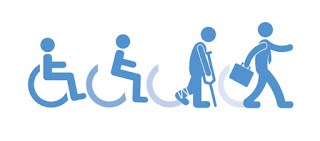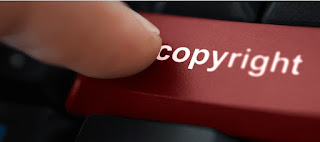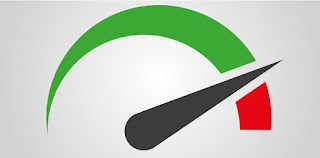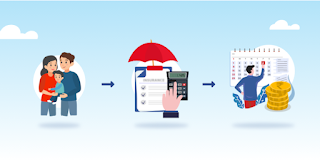Appraisal
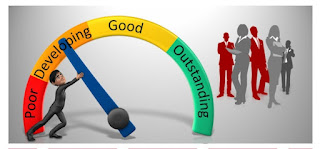
Appraisal An appraisal is a structured process in which a trained professional determines the value of an asset to facilitate a financial transaction for business or personal purposes. An appraisal is the process of determining the value of an asset for commercial or financial purposes. Appraisals are commonly used in these three areas: -Small business insurance -Business valuation -Real estate transactions How do appraisals work? An appraisal is often conducted to facilitate business or personal real estate and insurance transactions. It typically consists of three elements: -A highly structured process for valuing an asset from multiple perspectives -A trained, certified assessor who is familiar with the asset and the market in which it will be purchased or sold -A body of professional methods and standards that produce an accurate valuation The appraisal process assesses all factors that affect an asset’s value, including property and asset value, market value, and potentia
